You’ll encounter three dominant industrial ceramic 3D printing methods that revolutionize manufacturing. Binder jetting eliminates traditional molds by depositing binding agents onto ceramic powder layers, operating at lower temperatures for energy efficiency. Stereolithography uses UV light to cure ceramic-filled resins with 25-micron precision, creating intricate structures with exceptional thermal resistance. Material extrusion employs ceramic filaments through layer-by-layer deposition, particularly effective for larger industrial components. Each method requires post-processing through debinding and sintering to achieve ideal density. Understanding their specific advantages will help you choose the right approach for your applications.
Binder Jetting Technology for Ceramic Manufacturing
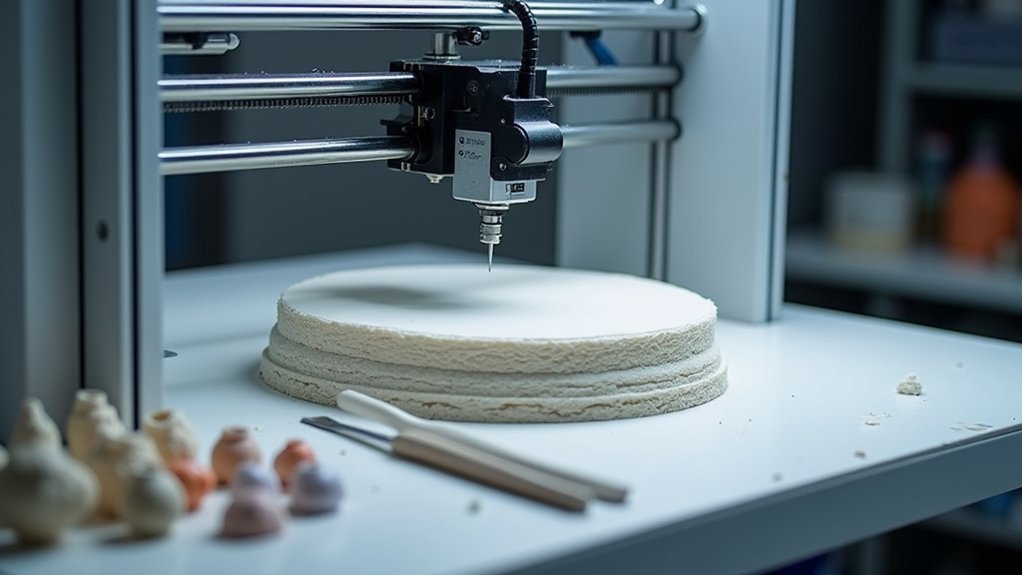
When you’re looking to manufacture complex ceramic components without traditional molds, binder jetting technology offers a compelling solution by depositing binding agents onto successive layers of ceramic powder.
Binder jetting eliminates the need for traditional molds by precisely depositing binding agents onto ceramic powder layers.
This ceramic manufacturing method combines gypsum powder with thermosetting resin binders, enabling you to create intricate designs with exceptional precision. You’ll benefit from lower operating temperatures that considerably reduce energy consumption compared to conventional firing methods.
The process supports rapid prototyping while maintaining precise layer control for complex geometries. After printing, your green body requires debinding and sintering processes to achieve ideal density and mechanical properties.
This technology minimizes residual porosity and reduces manufacturing costs, making it ideal for aerospace, biomedical, and consumer applications requiring detailed ceramic components.
Stereolithography (SLA) Processing of Advanced Ceramics
Although traditional ceramic manufacturing limits your design possibilities, stereolithography (SLA) processing revolutionizes advanced ceramic production by using UV light to cure ceramic-filled resins layer by layer with extraordinary precision.
You’ll achieve high resolution down to 25 microns, enabling complex structures with intricate details that weren’t previously possible.
The process uses ceramic resins filled with materials like silica or alumina, providing exceptional thermal resistance after curing.
You’ll need to perform post-processing through debinding and sintering to create dense ceramic parts with minimal porosity.
These finished components offer superior wear resistance and can withstand extreme temperatures, making them perfect for aerospace applications, automotive components, and medical devices where precision and durability are critical.
Material Extrusion Methods for Industrial Ceramic Components
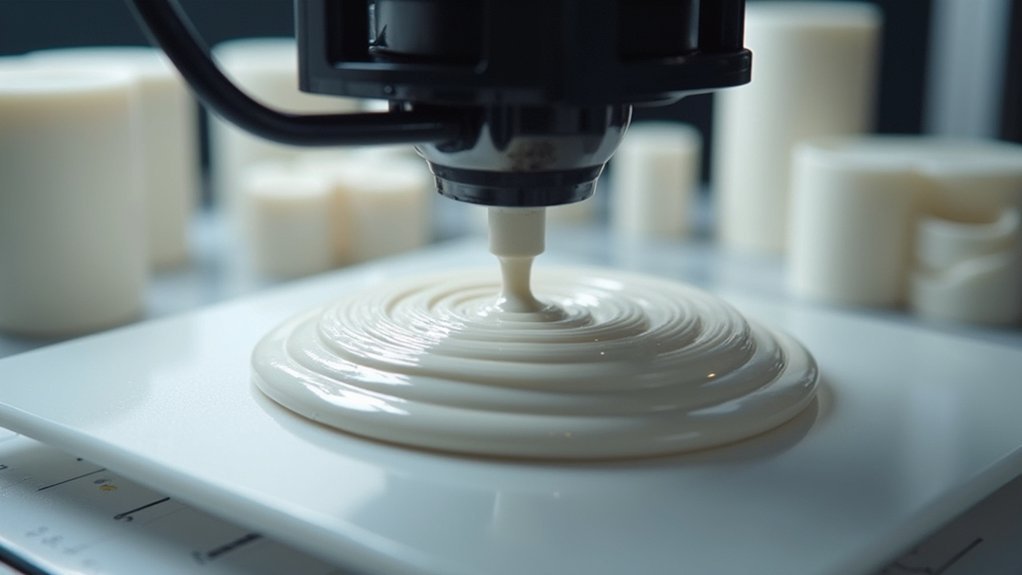
While SLA processing excels at creating highly detailed ceramic components, material extrusion methods offer you a different approach that’s particularly effective for producing larger industrial ceramic components. This technique uses ceramic filaments containing binders that enable you to create complex geometries through layer-by-layer extrusion.
The ceramic grains, measuring 1-2 µm in diameter, provide excellent surface finish and fine detail resolution. You’ll find material extrusion particularly valuable for rapid prototyping and high customization projects, considerably reducing lead times compared to traditional manufacturing.
However, your printed parts require essential post-processing steps including debinding and sintering to achieve peak density and mechanical properties. This method’s enhanced scalability and design flexibility make it your ideal choice for larger ceramic parts requiring intricate features.
Frequently Asked Questions
Which Type of 3D Printing Method Uses Ceramic Material?
You can use several 3D printing methods with ceramic materials, including binder jetting, stereolithography, fused deposition modeling, selective laser sintering, and direct ink writing for various applications.
What Are the Key Technologies in 3D Printing?
You’ll find key 3D printing technologies include fused deposition modeling, stereolithography, selective laser sintering, binder jetting, and direct ink writing. Each method uses different materials and processes to create three-dimensional objects layer by layer.
What Is the Most Popular Method of 3D Printing for Professionals?
You’ll find Fused Deposition Modeling (FDM) is the most popular 3D printing method for professionals due to its affordability, ease of use, material versatility, and reliability for prototyping and production applications.
What Are the Different Types of Industrial 3D Printers?
You’ll find several industrial 3D printer types including FDM, SLA, SLS, binder jetting, and metal printers. Each serves different applications, from plastic prototypes to metal parts and ceramic components.

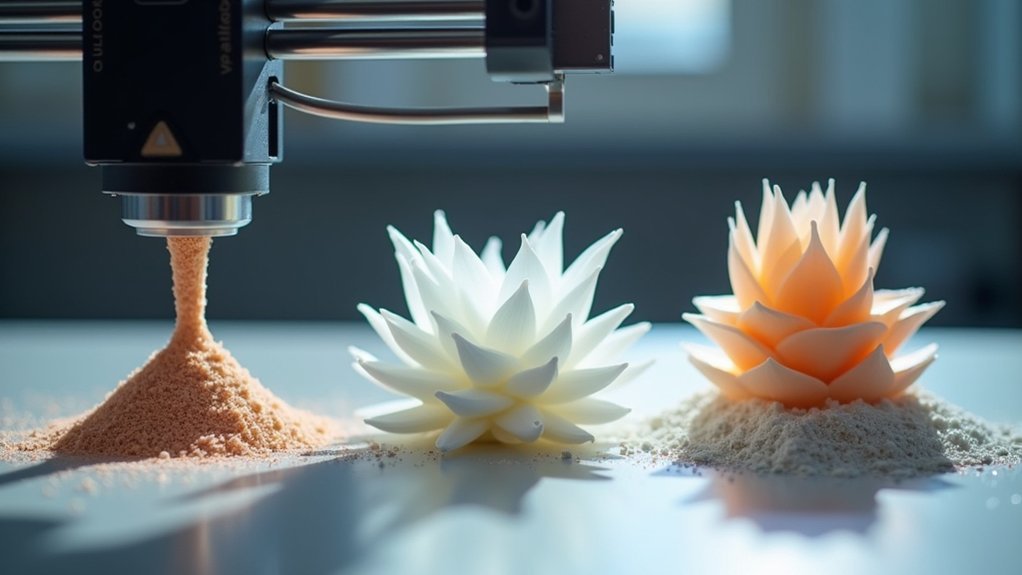
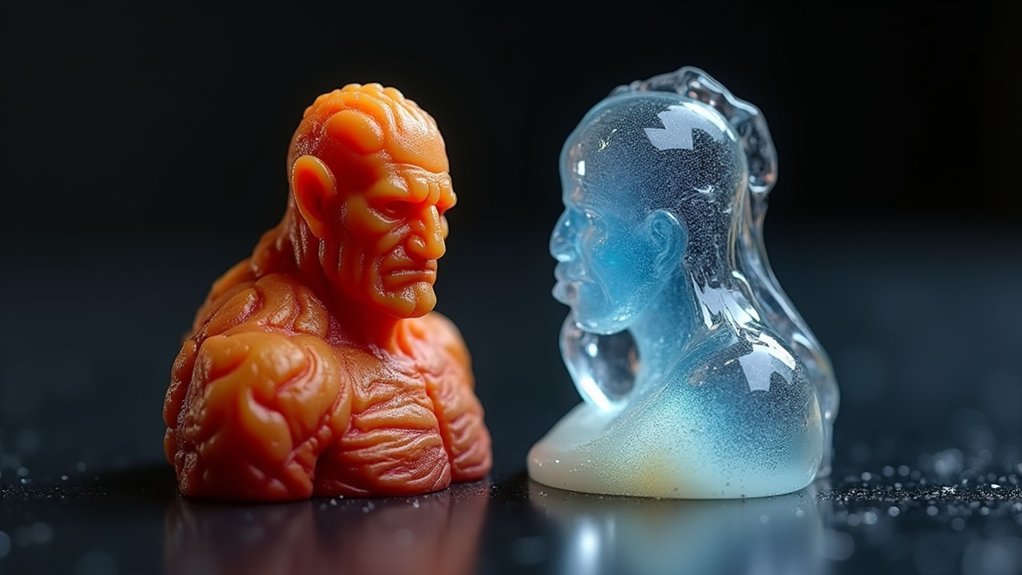
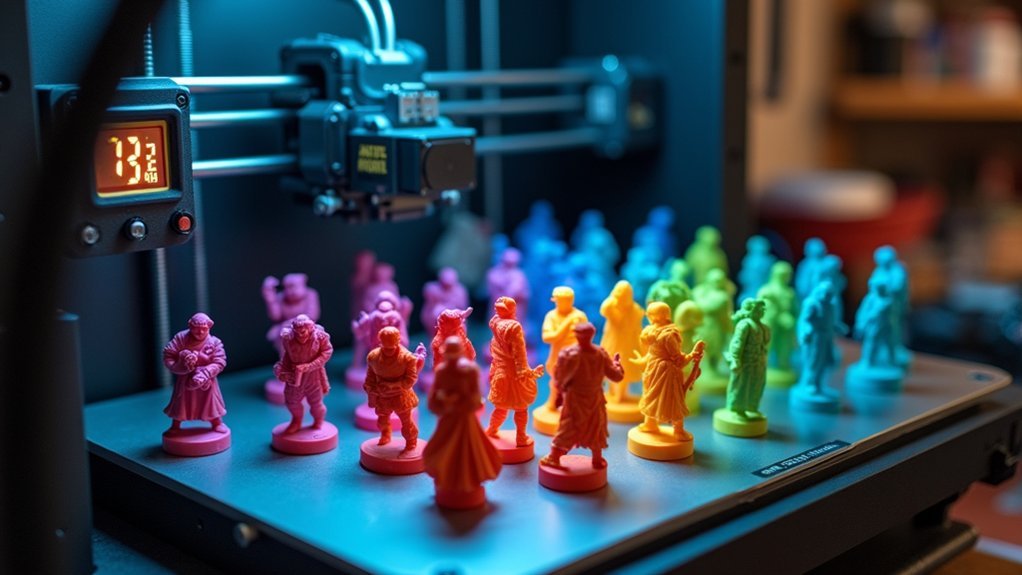
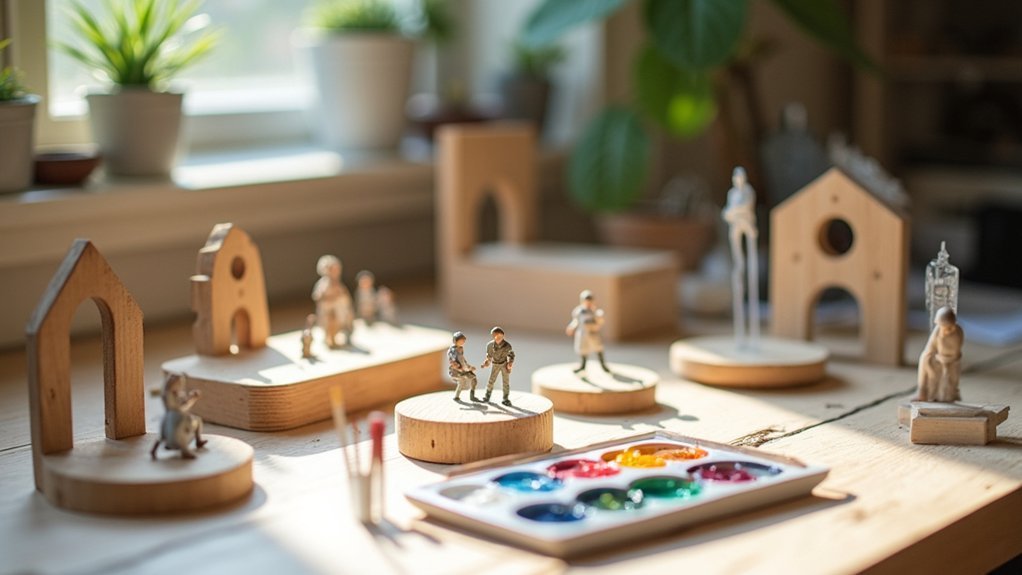
Leave a Reply